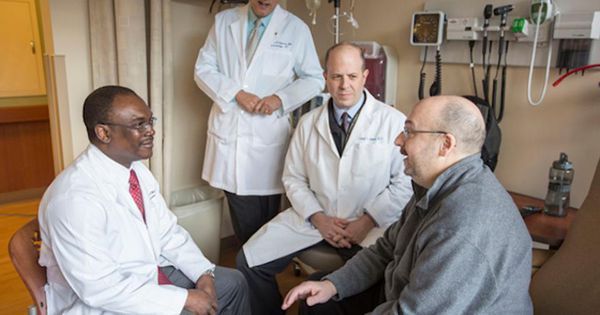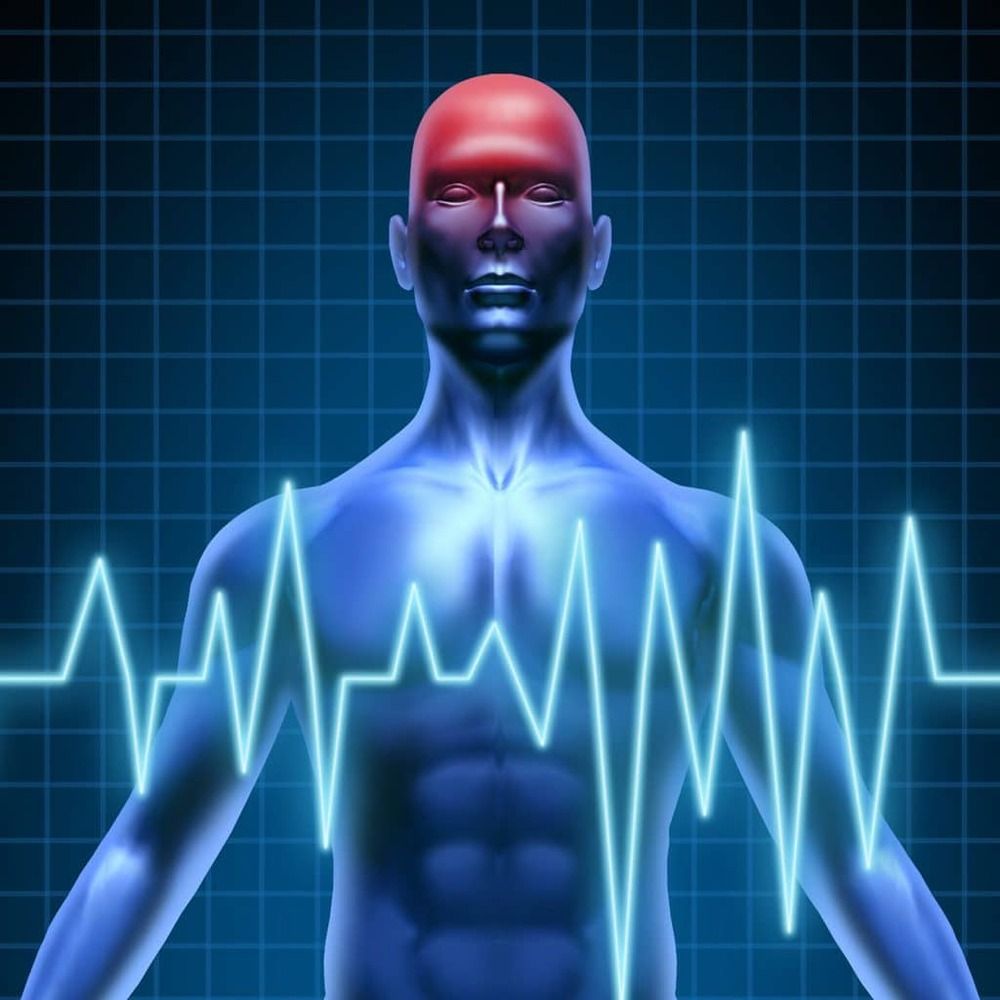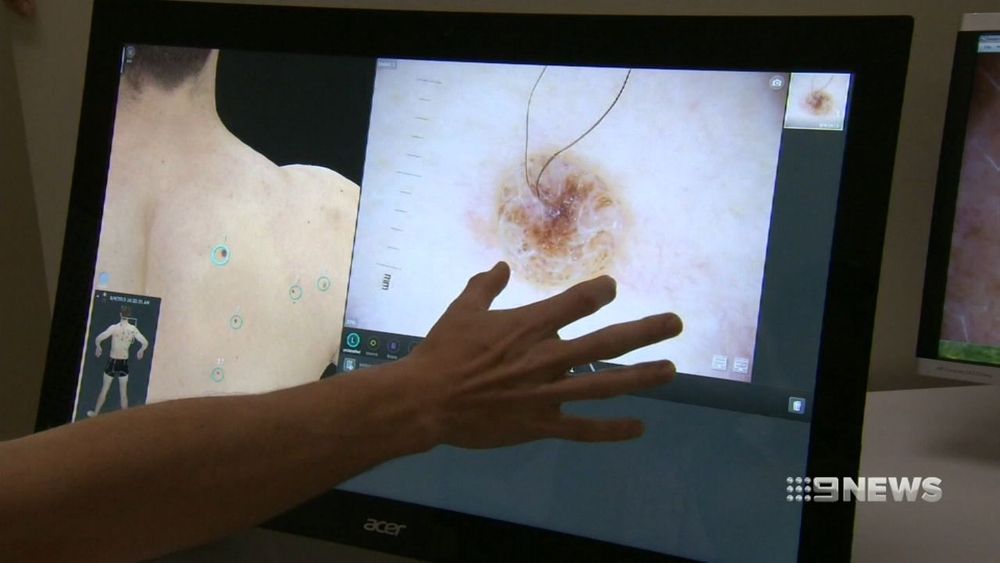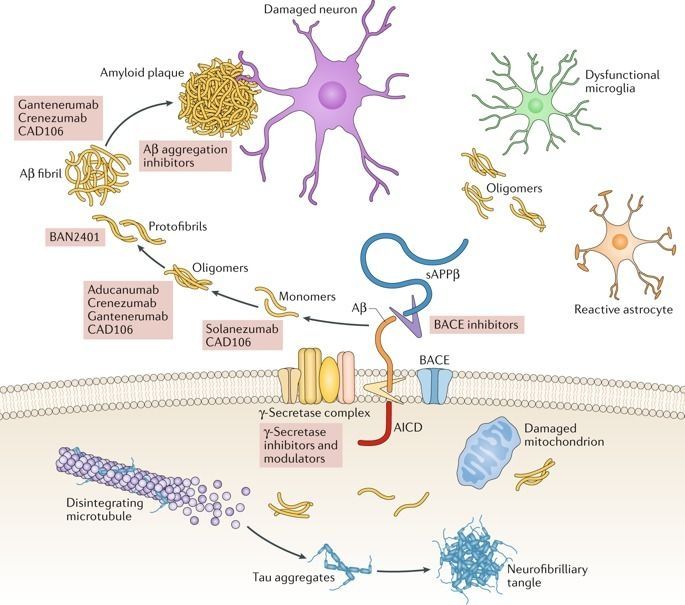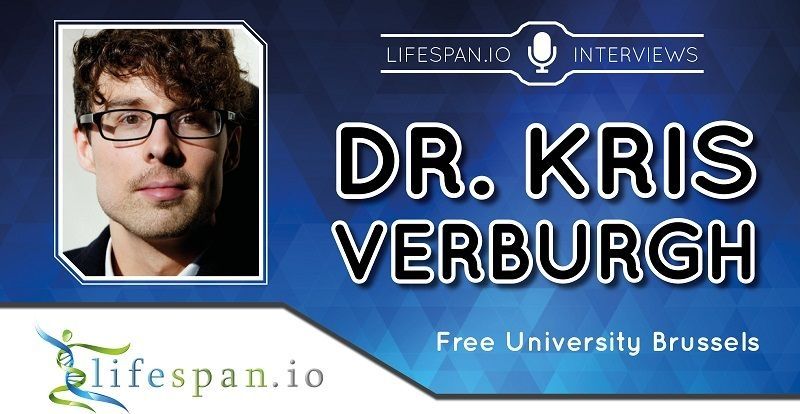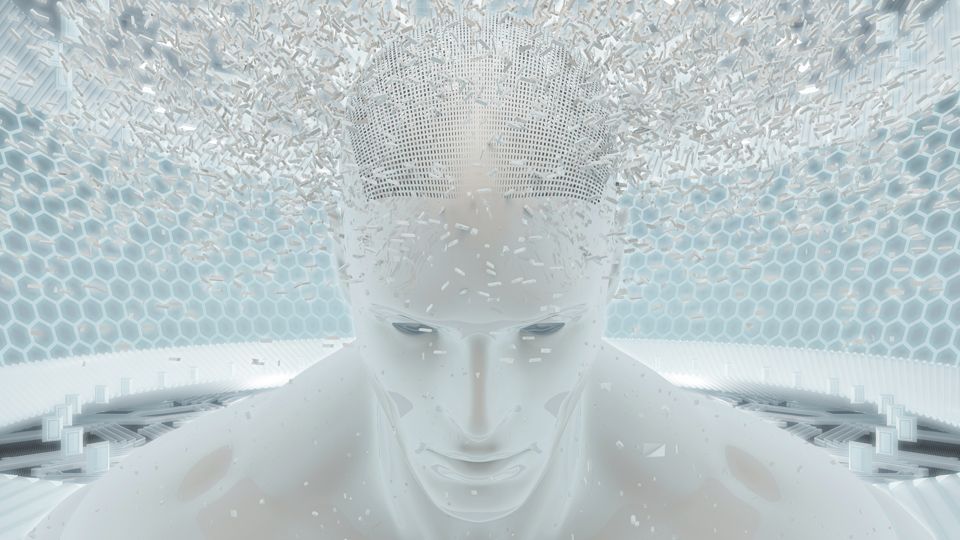By the time he was diagnosed with metastatic melanoma, Luke Simons, now 83, had already watched his wife and his longtime business partner struggle with cancer. His wife had chemo for her breast cancer 20 years ago. His business partner with multiple myeloma died 5 years ago. “I was obviously aware of what it could do,” he says of cancer. And of chemo, “my God, that can be just horrible what that can do to you.”
As soon as he got the diagnosis, Simons’ doctor at Vanderbilt-Ingram Cancer Center (where his wife is on the board) told him about how president Jimmy Carter’s metastatic melanoma had just become undetectable after taking Merck’s new drug Keytruda, which enables a person’s immune system to recognize and attack cancer cells. The doctor gave Simons the option of Keytruda, and he took it.
After his first dose, Simons developed pneumonitis, which he aptly describes as a “fever in my lungs,” that made his doctor question whether to continue the treatment. He did, and the cancer that had spread to Simons’ brain and pancreas is not showing up on scans, three years later.
